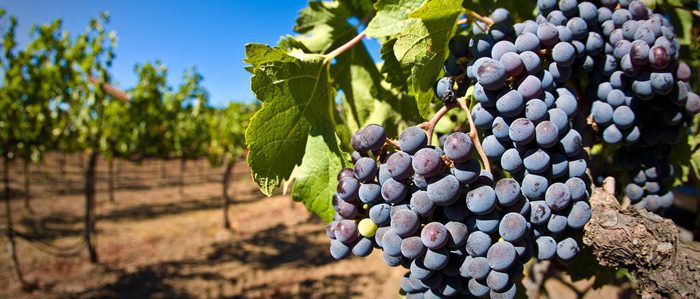To talk about wine in the United States is to talk about California wine. From the arrival of the first European settlers in the 19th century to the present day, California is considered one of the most prestigious regions for winemaking, rivaling Europe and new emerging regions such as Argentina and Chile.
The history of California wine begins, like most of American history, with the European conquest of America and the arrival of the first Spanish missionaries in the 19th century, who planted the first vines to produce Mass wine in lower California, specifically in Sacramento. During the rest of the 19th century, the settlers introduced vitis vinifera, a vine from Europe, giving the quality of the wines of the old world to those produced in that region.
California currently produces 90% of the wine in the United States, with 221,000 hectares, and consumes most of the wine produced in its territory. If it were an independent country, California would be the 4th largest wine producer in the world. The integration of wine into the lives of Californians is only matched by what has happened in New York. But the fundamental difference with respect to East Coast producers lies, as we have indicated, in the European origin of the California vines, producing wines that have received the highest accolades in the most prestigious competitions since the end of the 20th century. XIX.
California has carved out an image in line with most of the best European wine regions. As well as the attitude of U.S. consumers with respect to those of the old continent, it is mainly synthesized in the search for quality wines at the best price.
One of the differences between California and Europe is that most wineries do not have their own vineyards. Part of the essence of California wine is that anyone can start a winery, even if they don’t own a single vineyard. The importance lies in getting the right facilities and grapes. In this way it is open to the lack of large initial capital. Something that allows the winemaker the possibility of making a name for himself if he produces a convincing wine.
Another aspect to highlight with this division between viticulture and winemaking is that it allows for greater creativity in the use of varieties less established than Sauvignon, Chardonnay, Cabernet and Pinot Noir. The preference for these riskier winemaking options lies with the Syrah, Mourvèdre or Roussane varieties, and the Italian Barbera or Sangiovese.
Currently, seven main red grape varieties are grown in California: Cabernet Sauvignon, Chardonnay, Merlot, Pinot Noir, Sauvignon Blanc, Syrah and Zinfandel. However, other red grape varieties such as Barbera, Cabernet Franc, Carignane, Grenache, Malbec, Mouvedre, Petit Sirah, Petit Verdot and Sangiovese can also be found to a lesser extent. Regarding the cultivation of white grapes, the main varieties are Chenin Blanc, French Colombard, Gewürztraminer, Marsanne, Muscat Canelli, Pinot blanc, Pinot Gris, Riesling, Roussane, Sémillon, Trousseau gris and Viognier.
California is a locomotive that has been on the move for decades. It has a large quantity of wines of very high quality, taking the maximum benefit and possibilities from the Napa and Sonoma vineyards, with very efficient planting and production methods. The last phylloxera plague, in 1990, opened the door to cultivation in other regions of the state, as there is a vast territory with optimal qualities for such activity. Stretching almost 2,000 km in length, it is the second largest state, after Texas. There are different areas and regions, the most outstanding being the North Coast, the Napa Valley, Sonoma, the Central Valley and the Central Coast.






